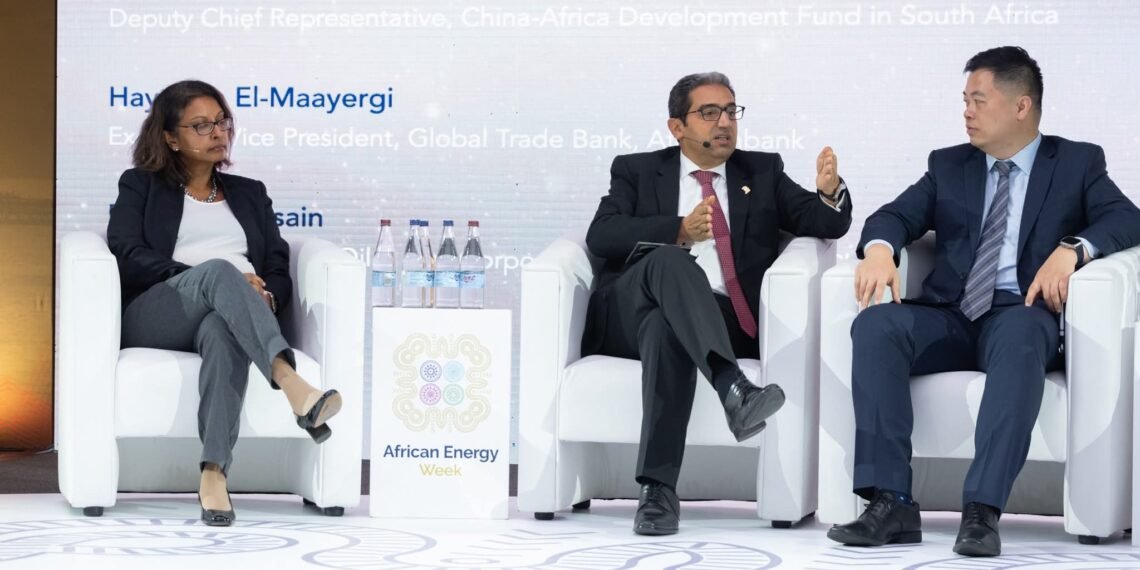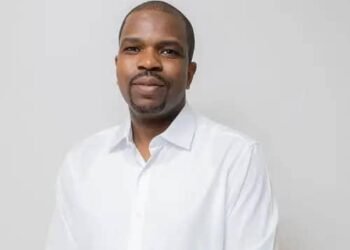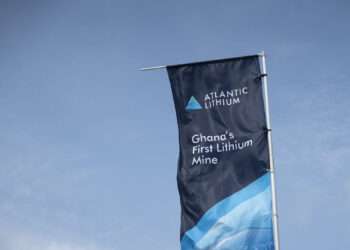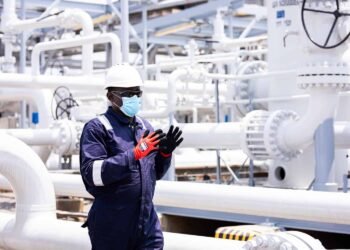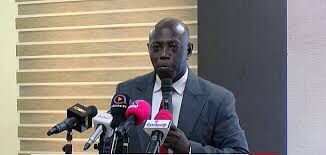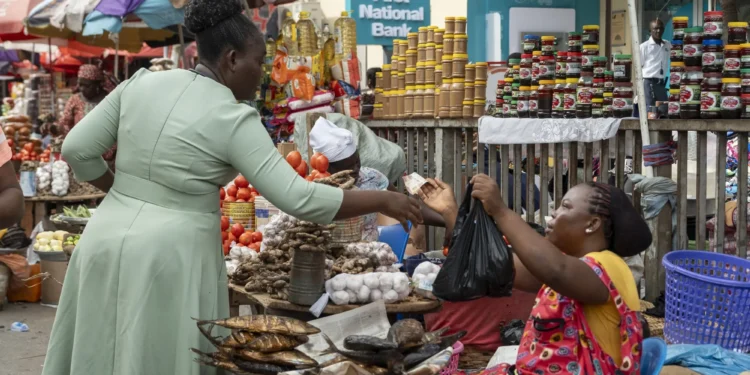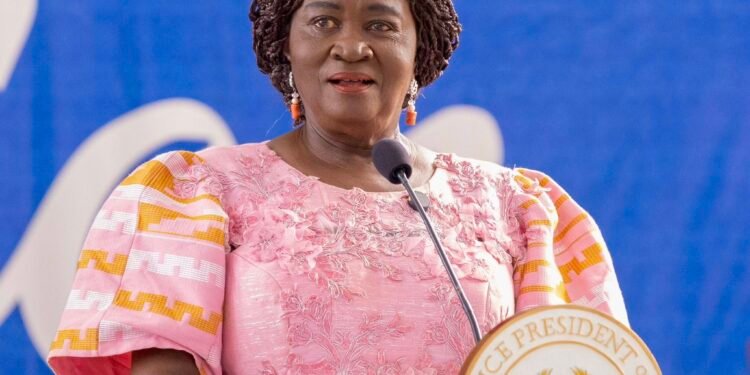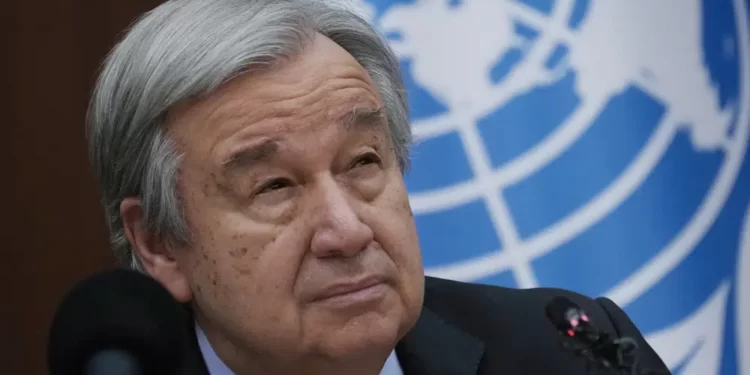At the ongoing Africa Energy Week, the African Export-Import Bank (Afreximbank) made a compelling case for scaling up financing solutions to bridge Africa’s growing energy gap.
Speaking on the panel “Financing Africa’s Energy Growth”, Afreximbank’s Executive Vice President, Mr. Haytham ElMaayergi, outlined the Bank’s integrated strategy to unlock investment and deliver sustainable energy across the continent.
Mr. ElMaayergi stressed that Africa’s energy development must be treated as a holistic value chain.
“Energy is not just upstream oil and gas. It includes midstream and downstream activities, traders, financial institutions, and transition financing.
“All these require balanced investment if we are to achieve sustainable production and distribution.”
Mr. Haytham ElMaayergi, Afreximbank’s Executive Vice President
Tackling Risk Perceptions and Financing Barriers

Despite the abundance of natural resources and strong demand for power, Africa continues to face persistent financing challenges, with risk misperceptions inflating costs of capital and delaying project delivery.
Mr. ElMaayergi noted that Afreximbank is taking deliberate steps to correct these structural barriers.
Among the Bank’s interventions are the Advisory and Project Preparation Facility, which strengthens the bankability of projects at the early stages; short-term trade risk confirmation to improve investor confidence; and long-term sovereign and country risk guarantees to ensure stability.
He added that Afreximbank also uses syndicated financing to pool capital from both public and private partners, multiplying the scale of investment available for critical projects.

“We combine project finance with syndication to attract additional capital and reduce risk concentration.
“This is the only way Africa can build an energy sector that is resilient and globally competitive.”
Mr. Haytham ElMaayergi, Afreximbank’s Executive Vice President
The Bank’s approach is also underpinned by innovative financial tools, such as Repack, the Concessional Finance Window, Blended Financing, Match Funding, and Risk Distribution.
These instruments, Mr. ElMaayergi explained, are designed to address financing bottlenecks and accelerate Africa’s path to reliable energy.
“With these innovations, we are not only mobilising capital but also de-risking Africa’s energy story.
“Our objective is clear: to close Africa’s energy financing gap and drive sustainable growth across the continent.”
Mr. Haytham ElMaayergi, Afreximbank’s Executive Vice President
Spotlight on the Africa Energy Bank

A highlight of the session was the discussion on the Africa Energy Bank (AEB), a new pan-African financial institution created to tackle the continent’s chronic financing deficit in oil, gas, and energy infrastructure.
Mr. ElMaayergi, together with Dr. Omar Farouk Ibrahim, Secretary General of the African Petroleum Producers’ Organization (APPO), unveiled progress in operationalising the AEB.
They noted that the continent requires between US$31 billion and US$50 billion annually to meet its oil and gas financing needs. To address this, AEB is close to securing its initial US$1.25 billion capital commitment, with strong momentum from member states.
Key milestones already achieved include the signing and ratification of the Establishment Agreement and Charter, the selection of Nigeria as host country, and the allocation of space for the Bank’s headquarters.
These developments, Mr. ElMaayergi said, mark a turning point in Africa’s ability to finance its own energy future.
Adding his voice, Sen. Heineken Lokpobiri, Nigeria’s Minister of State (Oil), urged African governments to take ownership of the financing challenge.
“Africa has the resources to finance its own development.
“We must reprioritise our investments and commit to funding the Africa Energy Bank. This is about sovereignty and self-reliance.”
Sen. Heineken Lokpobiri, Nigeria’s Minister of State (Oil)
With more than 600 million Africans still without electricity, the AEB is expected to play a transformative role in unlocking access.
Building Africa’s Energy Future

For Afreximbank, the creation of the AEB and the broader financing reforms are part of a deeper mission: to build institutions that deliver African solutions to African challenges.
Mr. ElMaayergi concluded that sustainable financing must go hand in hand with inclusive growth.
“Energy access is at the heart of Africa’s development story.
“By mobilising local and global capital, building resilient financing institutions, and fostering innovation, Africa can chart a future where no community is left behind.”
Mr. Haytham ElMaayergi, Afreximbank’s Executive Vice President
The discussions at Africa Energy Week highlighted a critical consensus among policymakers, investors, and development partners: Africa’s energy transformation requires not just external assistance, but bold, homegrown financial solutions that can match the continent’s ambitions.
As the Africa Energy Bank edges closer to its operational launch, expectations are high that it will serve as a game-changer in bridging Africa’s $50 billion annual energy financing gap, empowering countries to accelerate electrification, industrialisation, and sustainable growth.
READ ALSO: Market Cheers as Ghana’s Treasury Auction Breaks Four-Week Drought with 15.8% Oversubscription

